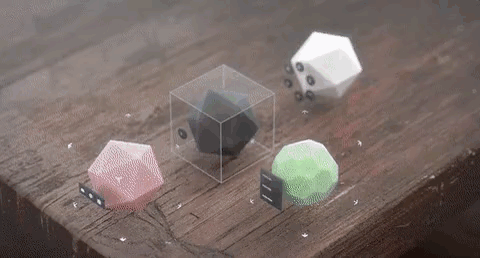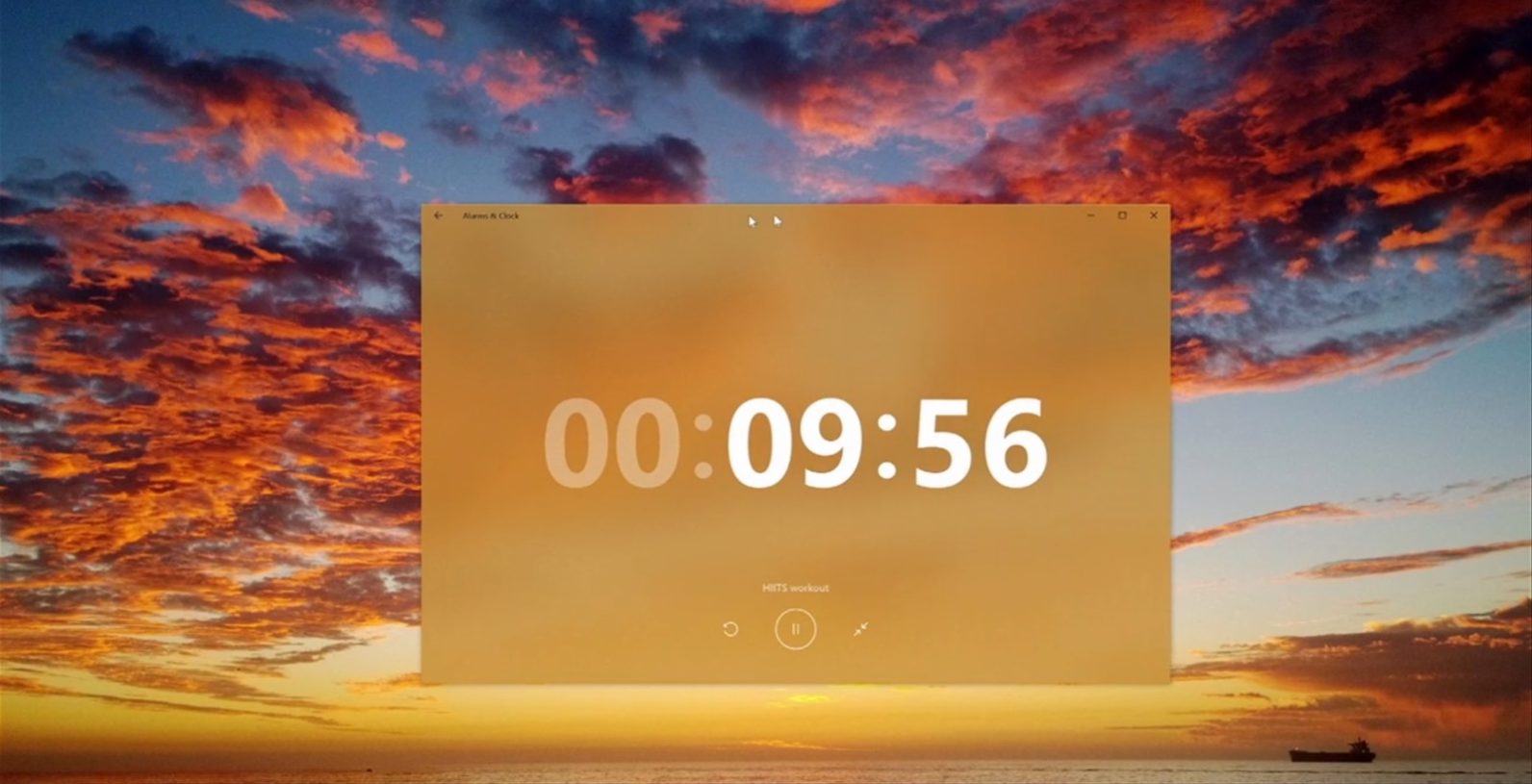Microsoft Build 2017 - Day 2 Highlights

Microsoft has started its annual 3-day Build developers conference on Wednesday. Not like day one, which was more concentrated to hard core developers; today they featured and showcased more on consumer-facing technologies. From Windows fall updates to Mixed Reality, Microsoft has almost nailed it. Here’s are the key highlights of what Microsoft has announced and discussed on the day two of the Build 2017 conference, which is currently happening in Seattle. You can livestream the entire event at Channel9 website https://channel9.msdn.com/. Incase, if you have missed Day 1 Highlights, do not forget to refer.
Windows 10: Fall Creators Update

With the groundbreaking operating system Windows 10, Microsoft committed to two annual updates in a year every 6 months; predictably once in March and second in September. These updates are faster than ever. Such six-month schedule is good at setting expectations and for stabilizing deployment of these updates to numerous PCs for IT companies. This next update was announced on Day 2 of the build event with lots of exciting features for end users. They named it Fall Creators Update – Codenamed RedStone3.
Cloud Powered Clipboard – your best follower
The new Clipboard feature update to Windows 10, basically much like Pushbullet that allows you to copy and paste links, images and files between verities of owned devices, even on non-windows smartphones like Android, iOS.
Pick Up Where You Left Off
In similar verge of Apple’s ‘Continuity’ this feature allows you to start like some work or read news on one device, and it lets you resume and finish on another device. One step ahead, it will work on non-Windows device as well.
Your work/History Cards on New Windows Timeline
The new Windows ‘Timeline’ will track your work history that allows you to “jump back in time to find what you were working on. The card layout for every single work instance that you were on (working on notepad, browsing something on Edge-Chrome or any browser, a project in Visual Studio – anything) – and getting back on it is something pretty exciting. It is expected to have a search facility over timeline.

Apart from this feature, many web applications will surely get some idea and inspiration to have like timeline like feature for rich user experience in their business scenarios for their customers.
Project Neon, Fluent Design System - A New Visual Identity
“Project Neon” or just “Fluent” or more descriptive Fluent Design System is a new visual identity to user experience. The company launched a new look and feel concept with more technical name as Fluent Design System. The feature refers to the tools developers have to create applications, including layering so that depth can clue you in to how it works by popping elements out at you, and more sophisticated motion and design options. Project Neon is a big UI refreshment to Windows 10.
Fluent Design System adds a variety of UI elements depending on platform and user interactions:
|
|
Light: Controls how the UI interacts with illumination – particularly useful for mixed reality, some elements start to glow as you hover over them. |
|
|
Depth: Adds depth information to the UI for things like parallax effects and some extra elements in mixed and virtual experiences. An app may appear relatively but the depth information does matter for animations. |
|
|
Motion: Revamps animative elements throughout Windows 10 and apps or individual elements within a single app. |
 |
Material: Controls the textures of UI elements, how elements can “bend, stretch, or bounce” as you interact with them in an app.
Scale: How apps scale to be used on different devices |
However, users are not going to see a revolutionary UI right away, but will experience in bits and pieces in Fall Creators Update arrives. Apps like Windows shell and Microsoft’s own apps to become just a bit prettier, with frosted transparencies, smooth animations etc. I would say, it will be a major enhancement to a windows OS after Metro UI
Microsoft Graph
Another ambitious new feature is expansion of the Microsoft Graph. From editing docs to watching video, user will have their Windows PC to seamlessly follow them to their mobile devices or different machines on they work on.
Surface Pen
The stylus is loved by Surface users. It really makes a Surface experience, a real Surface experience. And with next windows updates, you’ll be able to use the pen to scroll and interact throughout Windows, and able to do PDF annotation right into its Edge browser.
Windows Story Remix
If you had experience Movie Maker in Windows, you will love to see the kind of enhancement the company is going to come with creating videos again. Story Remix will take your media files like photos and video from your smartphone, to turn them into flashing video stories. The Story Remix can turn a video to feel professional, with advanced 3D features are supported
On-demand sync – One Drive
OneDrive has already been useful on Windows devices, to sync the documents (specially My Documents in your Computer) but a step ahead “Files On-Demand”, can clinch even more usage out of On Drive app.

The enhancement lets user see all their OneDrive files in Windows 10’s File Explorer without downloading them, they can work as if each was stored on their device. For enterprise editions, there’s an additional bonus: when user update a shared file, get synced across all devices on the account.
Mix Reality Controller
In another embedded system and virtual reality announcement, company launching a new set of motion controllers that pair with its Windows Mixed Reality VR headsets. The controllers, which have numerous functionality buttons along with LEDs running around them, trackable by sensors in the headset itself. With collaboration of HP & Acer they are available to preorder in bundle worth $399 from windows.com/mixreality.
Other Key Points
- iTunes on Windows Store: iTunes, to come straight forwardly to the Windows store. Not that exciting (being an Android user, but the initiative to cross-device experience, this additional iPhone support is commendable.
- Scan QR Code to Debug mobile apps: Debugging code for developers has always been a critical task. Xamarin aims to enhance that by making debugging apps as simple as scanning a QR code. Instead of thousands of lines of code, emulators, installing SDK’s, developers can install an app on their Android or iOS device, scan a QR code, and debug an app!


